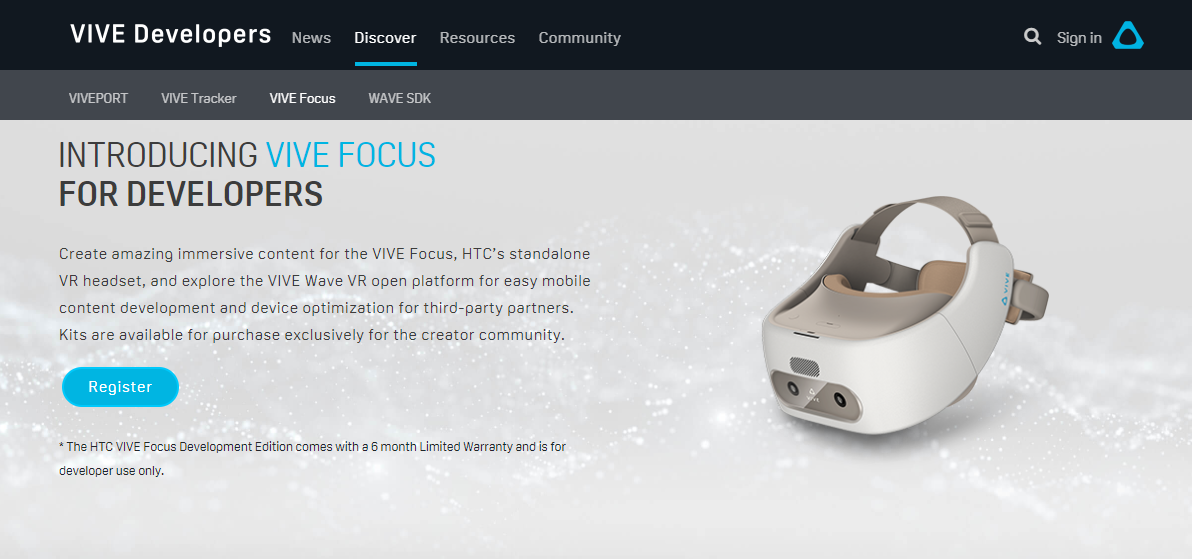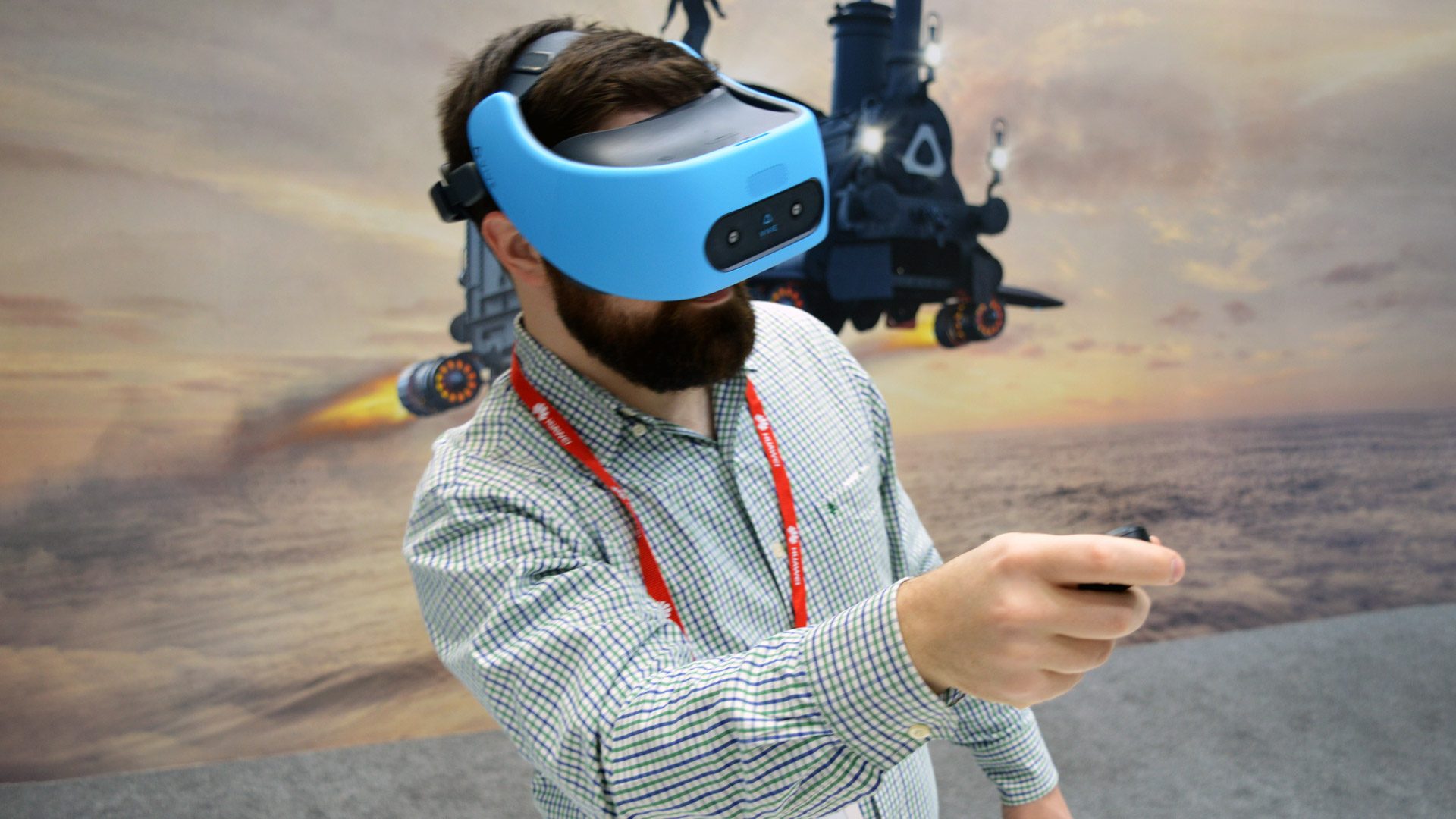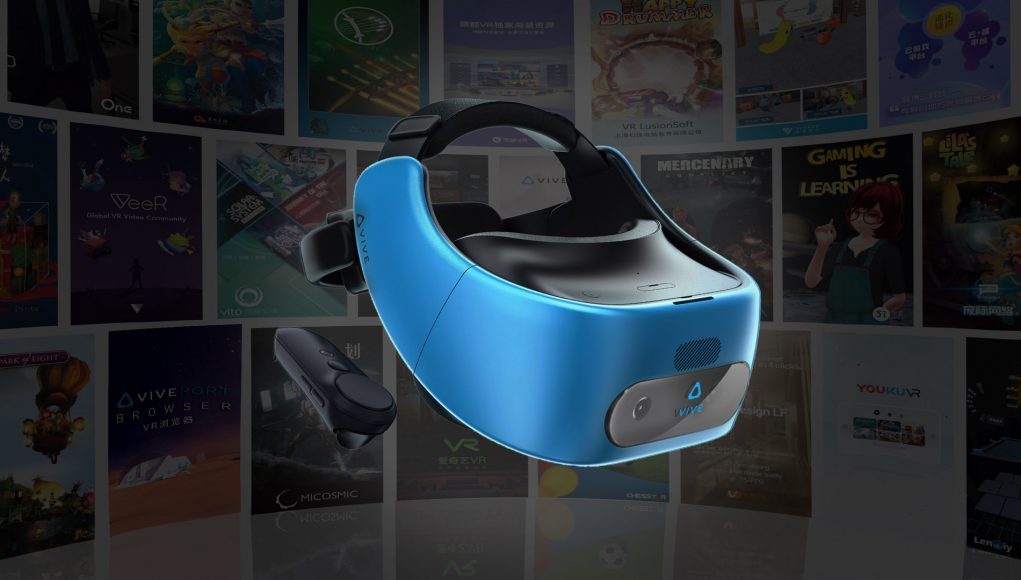Vive Focus, HTC’s standalone VR headset which first launched in China back in January, is gearing up for its Western release it seems. HTC today announced that it’s making Vive Focus developer units available to devs outside of China.
Announced by HTC Vive China President Alvin Wang Graylin via Twitter, HTC is now shipping Vive Focus to developers outside of China, including immediate shipment upon approval. Prospective developers can sign up here.
HTC started dev pre-orders back in March, which also included the statement that consumer launch would come “later this year.” With developer kits heading out the door, and HTC’s Vive Ecosystem conference coming up on May 25th in Shenzhen, it certainly feels like launch could be around the corner.

Like the recently launched $400 Lenovo Mirage Solo, the HTC Vive Focus is a 6DOF standalone VR headset; it has everything on board for VR—including inside-out positional tracking—which means it doesn’t rely on a smartphone or host computer. Check out our hands-on with Vive Focus to see why we deemed it a premium headset with best in-class display and optics.
Specs-wise, Vive Focus contains a 1,600 × 1,440 OLED display for each lens, a clear resolution advantage over the Mirage Solo’s LCD display (1,280 × 1,440 per lens). Offering two displays instead of a single split down the middle, it also offers an IPD adjustment, which means the lens-display pair can be dialed into the sweet spot more precisely for a wider range of users.

Similar to the Mirage Solo, Vive Focus packs a Qualcomm 835 mobile chipset, dual front-facing camera sensors for an unlimited tracking volume, and a single 3DOF controller. Unlike Mirage Solo, which uses Google’s Daydream platform, Vive Focus sources content from the company’s Viveport mobile app store.
Both the precise consumer release date and price in the West is still unknown at this point, however the company currently sells two versions in China, the Electric Blue variant for ¥4,300 (~$675) and the Almond White variant for ¥4,000 (~$630). These Chinese prices include a value-added tax (VAT) though, which when removed for the international launch could bring the headset down by about $100, putting in the $500-$550 range. Again, there is no official price yet, so we’ll just have to wait and see.







